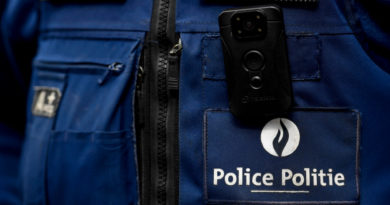International Women’s Day: Hail to the 7 Queens of Belgium
Because we’re celebrating womanhood today, let’s take the spotlight away from the Kings of Belgium and put it on their wives.
Since its independence in 1830, the Kingdom of Belgium has only had queen consorts or women married to the sovereign king. No woman has ever commanded the Belgian monarchy.
Under old Belgian laws, only men were allowed to sit on the throne. As such, the queen consort was expected to bear the king a son who would inherit the crown.
It was only in 1991 that the Belgian constitution abolished this inherent discrimination against female first-borns of the monarchy. Under the adopted system of absolute primogeniture, first-borns now have a right to the throne regardless of gender.
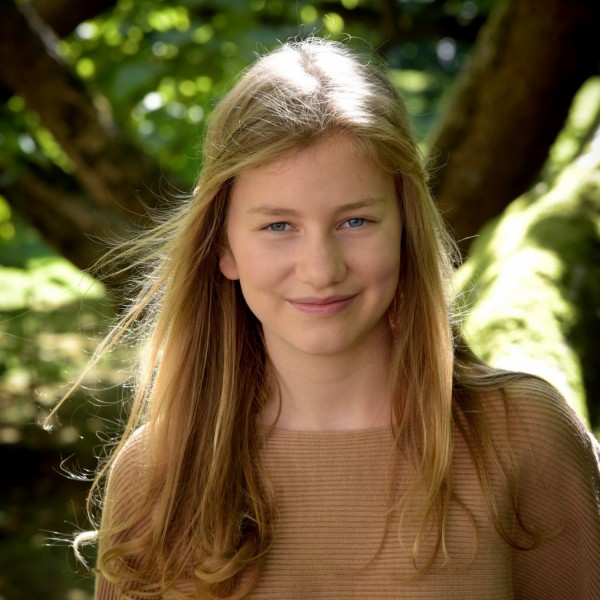
Today, the next in line to the Belgian throne is Princess Elisabeth, first child of the incumbent King Philippe and Queen Mathilde. When the day comes, she will become the first female monarch of Belgium. But until then, let’s not forget the seven Queens of Belgium who laid out the path for her.
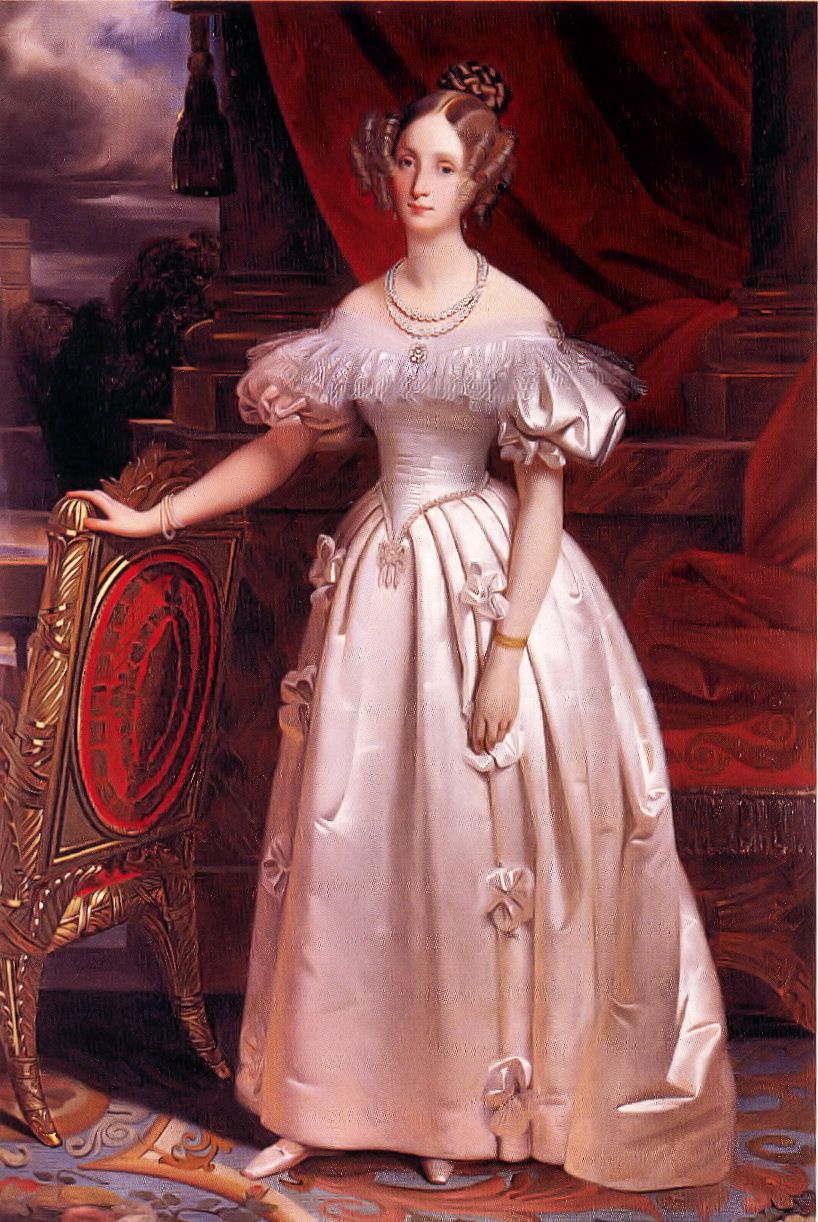
1. Louise of Orleans
Louise-Marie Thérèse Charlotte Isabelle was meticulously chosen to be the first Queen of the Belgians for two political reasons.
One, she was the daughter of Louis-Philippe I, King of the French. The newly-established Kingdom of Belgium needed the support of France to bolster its legitimacy.
Two, she was a Roman Catholic. Since the first chosen King of the Belgians was a German Protestant, a Catholic queen was necessary to ensure the support of Belgium’s predominantly Catholic population.
In 1832, Louise of Orleans married King Leopold I who was 22 years older than her. It was a marriage she described as “a painful sacrifice.”
Nevertheless, the young queen would eventually come to admire the king whom she described as “a kind man with strong and endearing qualities that alone could satisfy my heart.”
Queen Louise was a dutiful queen and wife. She was an active and influential intermediary between Belgium and France. She bore the king four children, including Leopold II who became the next King of the Belgians. And she remained devoted to a husband who was, by many accounts, unaccustomed to fidelity.
Most of all, Queen Louise was much loved for her charitable and compassionate nature. She paid regular visits to the poor and offered them relief and financial support. Her benevolent pursuits set an example of royal charity for the succeeding queens of Belgium.
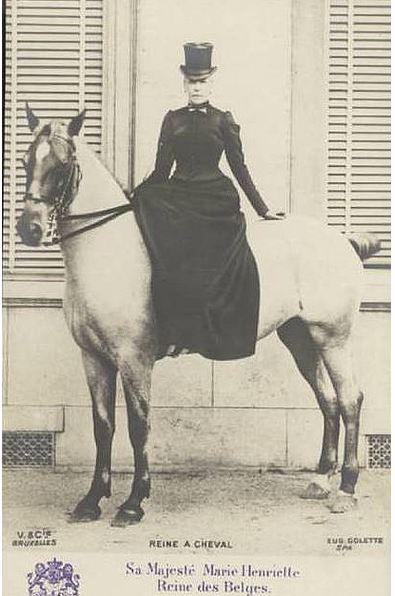
2. Marie Henriette of Austria
At the young age of 16, Marie Henriette entered into an arranged marriage with the 18-year old Prince Leopold II in 1853.
Just like Queen Louise, she was chosen because she was a Roman Catholic from a prestigious family, the Habsburg dynasty of Austria.
The marriage was problematic right from the start. As the story goes, Leopold II was sick on the day of the wedding so a stand-in groom had to take his place at the altar.
The royal couple proved to be hopelessly incompatible. The princess was a lively and adventurous woman who enjoyed horseback-riding while the prince was grim and distant.
By the time Leopold II ascended to the throne in 1865, the couple already had two children, a daughter and a son. But in 1869, the 10-year-old Prince Leopold Ferdinand died of pneumonia.
The king and the queen tried to have another child in the hope of producing an heir to the throne. But after the birth of another daughter in 1872, the couple gave up and their marriage fell apart.
In 1895, Queen Marie Henriette retreated to her private estate in Spa where she tended to her collection of Hungarian horses. She also pursued charitable causes and promoted music and the arts until her death in 1902.

3. Elisabeth of Bavaria
“Behind every great man is a great woman.” But in this case, Elisabeth of Bavaria was the great woman beside the great Albert I. Together, they were one of the most highly-esteemed royal couples of their time.
In 1900, Duchess Elisabeth of Bavaria married Prince Albert I, nephew of King Leopold II. She became Queen of the Belgians in 1909 when her husband ascended to the throne.
The royal couple changed the face of the Belgian monarchy. Unlike their predecessors, they were happily married and equally passionate about serving their people.
Thanks to Queen Elisabeth, the reputation of the scandal-ridden monarchy greatly improved. Through charitable, cultural, and social activities, she restored dignity to the royal court.
When World War I broke out in 1914, the queen worked as a nurse on the front and established a hospital for wounded soldiers and civilians while the king led the war effort against the Germans. They were both hailed as heroes of the war.
After the war, Queen Elisabeth continued supporting many charities and social welfare organizations. She also encouraged developments in the fields of science, the arts, and music. She herself was a talented violinist.
Together with the king, she advanced efforts to improve and modernize the Congo, which became a Belgian colony under the reign of Leopold II. The city of Elisabethville in Lubumbashi was named in her honor.
After King Albert I died in a mountain climbing accident in 1934, the queen withdrew from public life but remained devoted to her causes.
She also travelled to other parts of the world. The queen’s controversial visits to the former Soviet Union and China earned her the label, Red Queen.
Queen Elisabeth lived to the ripe old age of 89 and passed away in 1965. Until today. her legacy is remembered through the yearly Concours Reine Elisabeth, an international classical music competition held in Brussels every spring.
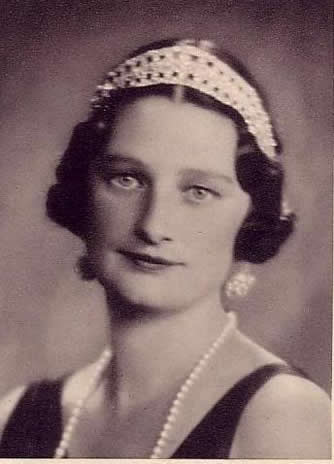
4. Astrid of Sweden
The fourth Queen of Belgium was greatly admired for her beauty. elegance, and endearing character.
Her marriage to Leopold III, son of King Albert I and Queen Elisabeth, is often described as one born of pure love and no political consideration. They were a fairy tale a couple.
According to the story, it was a classic case of love at first sight when Prince Leopold III and Princess Astrid met in 1926 at a ball in Amalienborg, Denmark.
They were married in the same year and became the King and Queen of the Belgians in 1934. The royal couple had three children, including future kings Baudouin and Albert II.
Queen Astrid was a champion of disadvantaged women and children. She sponsored programs for maternal and child welfare. She visited nurseries and poor settlements in Belgium.
When an economic crisis hit Belgium in 1935, Queen Astrid launched a nationwide relief campaign that yielded an outpouring of donations for the poor. Her sudden death soon after brought immense sorrow to the Belgians.
The queen died in a car accident while on vacation with King Leopold III in Switzerland. After only two years of reigning, Queen Astrid left the world at the young age of 30.
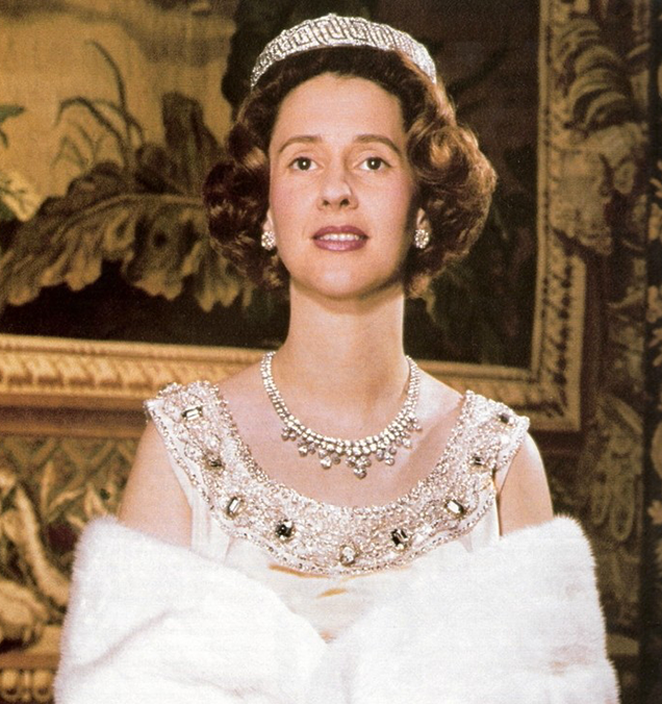
5. Fabiola of Spain
If Queen Elisabeth was the Red Queen of Belgium, Fabiola de Mora y Aragón was called the White Queen for her habitual white outfits.
After marrying King Baudouin in 1960, one of the first things Queen Fabiola did was to sell all her wedding gifts and create a mutual assistance fund called Oeuvres de la Reine or the Queen’s Charities.
The queen initiated several projects providing assistance to women and children, and promoting the integration of mentally-handicapped people.
After five unsuccessful pregnancies, the royal couple remained childless until the death of King Baudouin in 1993. He was succeeded by his brother, Albert II.
Queen Fabiola continued sponsoring assistance programs through the Queen’s Charities. In 2001, she received the Ceres medal from the United Nations Food and Agriculture Organization for extending aid to poor women in developing countries.
Before her death in 2014, Queen Fabiola bequeathed all her private assets to the mutual assistance fund she built during her early days as Queen of the Belgians.

6. Paola Ruffo of Calabria
Meet the mother of King Philippe, current monarch of Belgium.
The Italian Princess Paola Ruffo di Calabria married Albert II in 1959, and became the sixth Queen of the Belgians in 1993.
In 1992, she launched the Queen Paola Foundation to support integration and education programs for the socially-disadvantaged youth.
Aside from her foundation’s activities, the queen is also invested in the protection and preservation of Belgium’s heritage, and the advancement of the local artisanal industry.
A patron of the arts, Queen Paola paved the way for local contemporary artists to display their works in the halls of the royal palace.
The 81-year-old queen has become less active after suffering a stroke last year. But according to the royal family’s website, she still enjoys collecting art, going on nature walks with Albert II, and spending time with her grandchildren.
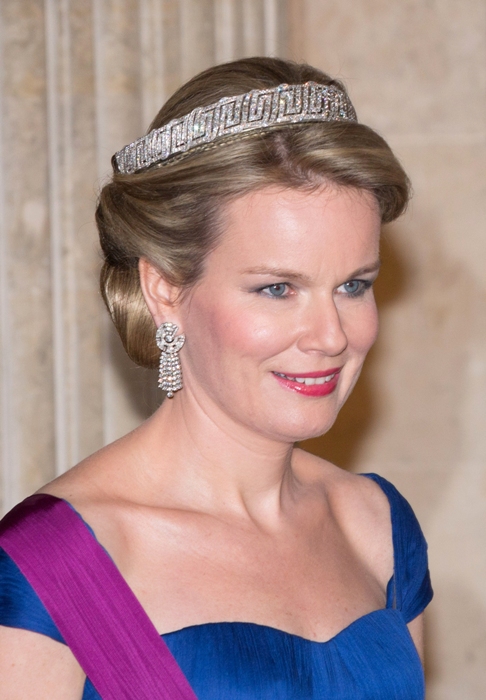
7. Mathilde of Belgium
At last, Belgium has a queen who is actually Belgian.
Her Majesty Queen Mathilde was born in Uccle into the D’Udekem family belonging to the nobility of Belgium. She married into the Belgian monarchy in 1999 and became Queen of the Belgians in 2013 when King Albert II handed the crown to his son, Philippe.
Since her wedding day, the indefatigable and hyperactive Queen Mathilde has been dedicated to numerous development projects in areas concerning children’s rights, empowerment of women, health, education, and good governance.
Aside from mobilizing the Queen’s Charities, she is an Honorary President of several organizations including UNICEF Belgium, the Breast International Group which supports breast cancer research, and the Child Focus Foundation.
In 2016, Queen Mathilde became an ambassador for the United Nations Sustainable Development Goals (SDGs). She also received the Honorary National German Sustainability Award in 2017.
But aside from her humanitarian activities, Queen Mathilde is also into art, music, dance, and sports. She is a pianist, a cyclist, a swimmer, and a tennis player.



